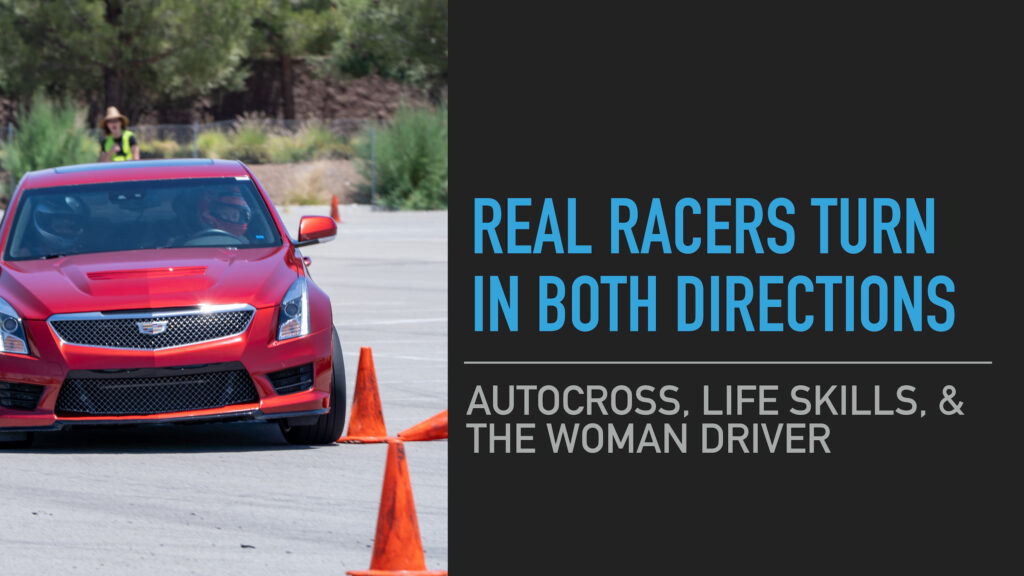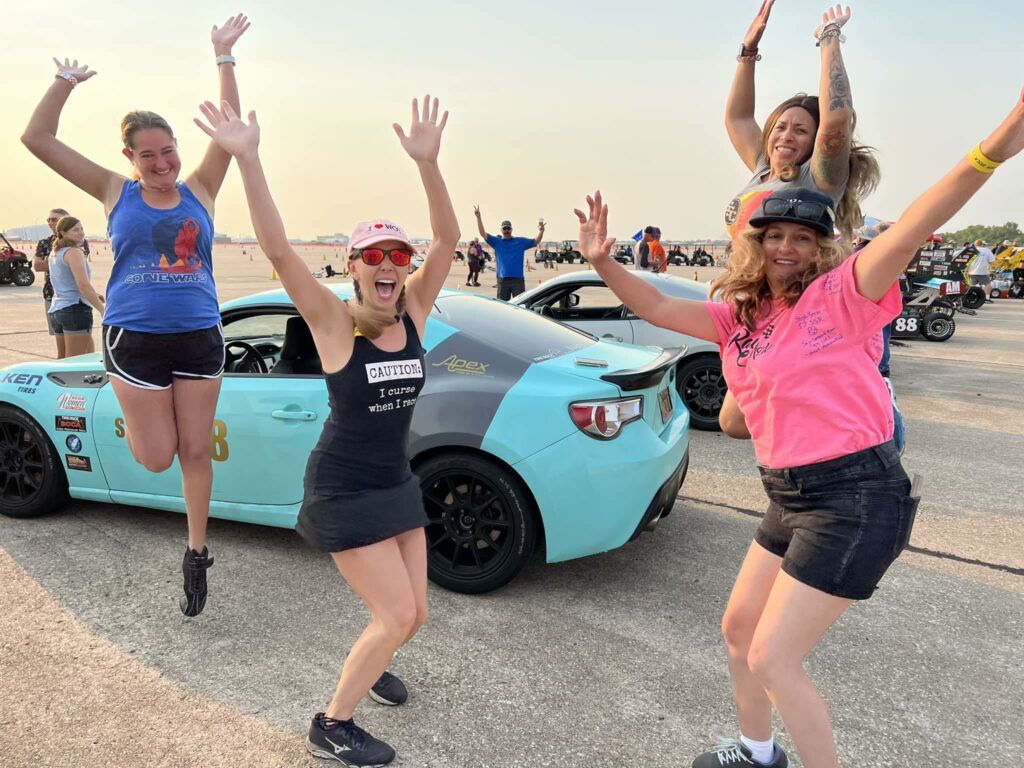
After a three year hiatus due to COVID, the Michael Argetsinger Motorsports Conference, held at the legendary Watkins Glen International, was back. I had the opportunity to present my current-but-still-very-much-in-its-early-stage project focused on women who participate in autocross. It was a two-day conference, with a variety of presentations conducted via Zoom, in-person, and of the hybrid variety. The topics were varied, ranging from very detailed looks at a certain aspect of motorsports, in-depth examinations of the famous and obscure in motorsports history, as well as investigations of racing through the lens of popular culture. My presentation was the last of the last day, followed by a roundtable on women in motorsports. It was an exhausting two days, but I was able to catch up with scholars I have met on previous occasions as well as meet and connect with others in the field. The conference was well attended and live streamed. It was an excellent venue in which to present new work and get important feedback.

My own presentation went pretty well, my clumsy oral skills notwithstanding. The responses were primarily positive and I received a number of helpful suggestions. The audience was composed primarily of older white men, which is a microcosm of the motorsports academic community. While there were a number of female speakers, there was only one other presentation in which women in motorsports was the focus.
As a female who writes about women and automobiles from a decidedly feminist perspective, I often feel that the mostly male audience just doesn’t get it. Women’s experience with cars differs greatly from that of men, which I attempt to address in all of my work. While men tend to look at motorsports as a masculine competition, with the ultimate objective of taking home the grand prize, women often look beyond the contest to consider other aspects of the event. In the autocross project, as I discovered, the primary focus was on camaraderie; the competition was, in fact, a means to a broader and more rewarding experience. As one of the women interviewed expressed, ‘without the community it’s just driving fast around cones.’ But as I have noted, it is often difficult for those who have always looked at motorsports from the dominant male frame of reference to consider alternative perspectives. The men in the audience appeared quite puzzled as they looked at photographs of women joyfully joining together before and after each run. I’m sure ‘but where are the cars?’ was a question they repeatedly asked themselves during the presentation.

The lack of male understanding became especially evident in the roundtable that concluded the conference. The roundtable started off fairly well; the initial discussion focused on the state of women in motorsports scholarship, a topic very much in need of attention. However, when the microphone was turned over to the audience for comments, it quickly devolved into men telling women what they should write about. While some of the comments had merit, many were downright dreadful. The most egregious suggestions included an inquest into the wives of male racing legends, an in-depth examination of Linda Vaughn, the infamous ‘Miss Hurst Golden Shifter,’ and my personal favorite [not], a survey of women in automotive advertising, with the recommended and cringeworthy title ‘Broads on Buicks.’ Yikes. As it turns out, the attitudes of men who write about motorsports are not much different than those women encounter each weekend at the track.
While I was somewhat frustrated in my attempts to get through to some audience members, I believe that the conference was ultimately a success. I was able to partake in a lively conference in a unique in an inspiring setting; I had the occasion to take in new and important motorsports research; I had the chance to network and connect with renown scholars and historians in the field; and had the opportunity to present my own research and perhaps change some minds about the role of women in motorsports. All in all not a bad weekend.